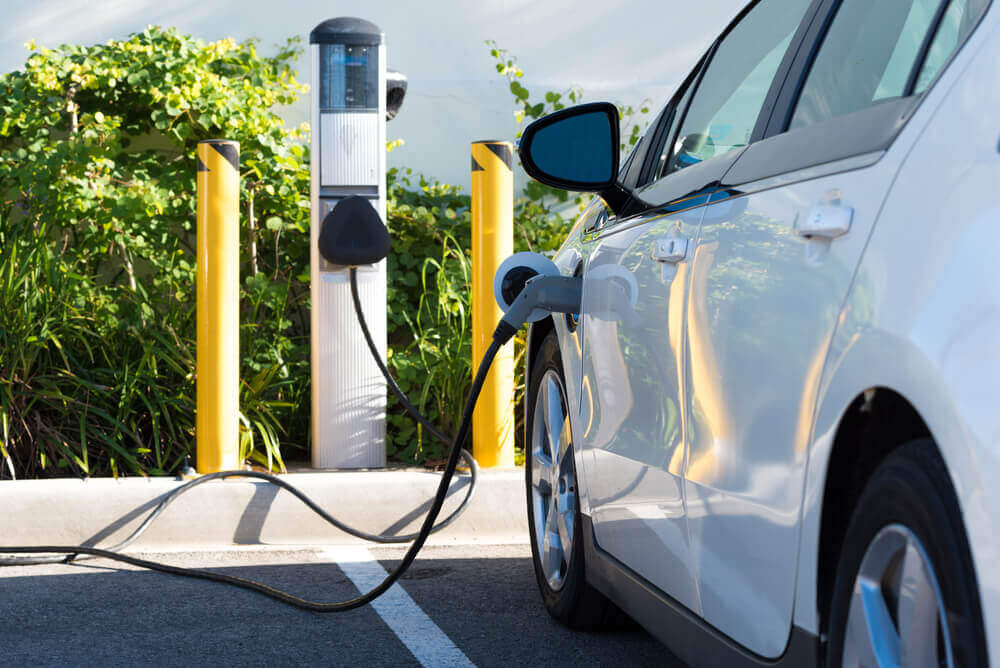Will the Severity of Auto Insurance Claims Rise with the Increase of Electric Vehicles?

The average price to settle auto claims has been on the rise for years. Vehicle crash costs incurred by businesses from insurance premiums, repairs, lost productivity and other expenses amounted to $57.9 billion in 2018, compared to the $47.4 billion reported in 2013.
With this in mind, experts are projecting that with time, the increase in electric vehicles out on the road could further increase the severity of auto insurance claims. Electric vehicles made up 4.6% of new light-vehicle registrations in the first quarter of 2022. This is almost double the number of registrations in 2021 when almost 450,000 electric vehicles were sold.
As automakers add more electric vehicles to their lineups, many of these vehicles will have increased performance and better safety technology. Solutions such as telematics may also motivate drivers to enroll in usage-based auto insurance programs. These modernized solutions encourage drivers to make better decisions behind the wheel and are known to help reduce claims. But will they be enough to combat the other features of electric vehicles that are known to cause expensive crashes and claims?
Download Our FREE White Paper: Can Deeper Data Insights Save the Commercial Auto Insurance Industry?
Increased Risk from Heavier Vehicles
Electric vehicles are known to be much heavier than conventional, gas-powered vehicles due to the weight of the battery that sits on the bottom of the vehicle and the equipment needed to provide structural support.
Just check out the weight comparisons of these comparable vehicles:
- A Tesla Model 3 Performance with AWD weighs 4,065 pounds – 379 pounds more than a BMW 330i XDrive
- A Tesla Model S Long Range weighs 4,560 pounds – 510 pounds more than a BMW 540i XDrive
- A Chevy Bolt weighs 3,563 pounds – 829 pounds more than a Nissan Kicks
This extra weight is an added protection for those inside electric vehicles, and insurance claim statistics show that people in electric vehicles are less likely to be injured in a crash than those in otherwise similar gas-powered vehicles. But the extra weight creates an added impact force that is transferred to other, lighter vehicles.
According to the study, “Pounds That Kill: The External Costs of Vehicle Weight,” being hit by a vehicle that is 1000 pounds heavier generates a 40 to 50% increase in fatality risk. With this in mind, the number of casualties and expensive claims is likely to increase as more electric vehicles share the road with existing gas-powered fleets, and they probably won’t level out again until electric vehicles make up the majority of the road. While momentum is building for the transition to electric, if half of all cars sold by 2030 were electric, electric vehicles wouldn’t make up 60 to 70% of cars on the road until 2050.
Higher Repair Costs
We all know gas prices have reached record highs this year – and while electric vehicles may seem cheaper to operate, repairs are a different story.
Studies show that replacement parts for an electric vehicle are 2.7% more expensive than replacement parts for a gas-powered vehicle. What’s also important to note is that the cost to replace a damaged battery in an electric vehicle can range from $5,000 to $15,000, and in some cases can even exceed that. Beyond the higher cost of replacement parts, there may also be a higher charge to actually complete the repairs because of the specialized training required to fix electric vehicles. To top it off, electric vehicles then spend more time in the shop, about 31 days vs. about 28 days for gasoline-powered vehicles.
These higher repair costs subsequently affect the severity of insurance claims.
How Carriers Can Combat the Rise in Expensive Auto Claims
Carriers have faced over a decade of loss ratios as a result of numerous factors. Between a nationwide increase in crashes and challenges arising due to social inflation, the auto insurance line is struggling to maintain profitability. This potential rise in claim severity from electric vehicles may create further financial challenges for insurance companies.
To learn how you can help protect your customers’ bottom line while increasing your profitability as an insurer, download our white paper.



